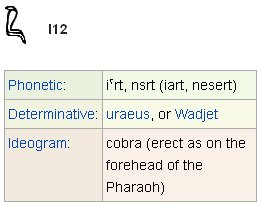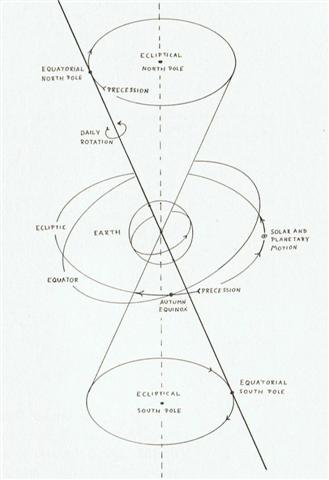|
RIGEL
Next we should remember that the perspective from looking up to the stars in the night will result in perceiving higher right ascension to the left (given an observation point north of the equator):
Although in the overview below, showing how the northern spring equinox gradually moved away from Virgo towards Aquarius and the Capricorn, the map for Orion is reversed.
The 5th contellation counted from Virgo is here visualized not only as pulled down but also reversed. Like the reversed manu rere at the location for TERMINALIA in the Golden Age of the Bull - there was no future ahead and instead the only option was to look back towards the past.
Orion is not a member of our zodiac:
And then the next 5 constellations should begin with Taurus. Or we could say that after the reversed 5th constellation Orion the idea of looking in the opposite direction is inherited ('followed up') by Taurus. The equinox sequence in a way changes to 3 double constellations: Taurus + Aries, the pair of Fishes, and Aquarius + Capricornus. 5 + 3 = 8. Therefore the distance from Spica to Betelgeuze - at the right armpit of the reversed Orion - could be the proper measure rather than the distance to Rigel. 4 + 4 = 8. Although a beginning should be at Cancer, i.e. 2 (Virgo and Leo) + 2 (Cancer and Gemini) + 2 (Orion and Taurus) + 2 (Aries + Pisces) + 2 (Aquarius and the Goat) = 10. ... Men's spirits were thought to dwell in the Milky Way between incarnations. This conception has been handed down as an Orphic and Pythagorean tradition fitting into the frame of the migration of the soul. Macrobius, who has provided the broadest report on the matter, has it that souls ascend by way of Capricorn, and then, in order to be reborn, descend again through the 'Gate of Cancer'. Macrobius talks of signs; the constellations rising at the solstices in his time (and still in ours) were Gemini and Sagittarius: the 'Gate of Cancer' means Gemini ... And then Spica (*202) - *64 = *138 = *78 (June 7) + *60 seems to indicate Rigel should be perceived as the Foundation ('foot') to be used for the following eon.
The Club of Orion is in the center of the Winter Hexagon (cfr earlier above). ... This Hercules is male leader of all orgiastic rites and has twelve archer companions, including his spear-armed twin, who is his tanist or deputy. He performs an annual green-wood marriage with a queen of the woods, a sort of Maid Marian. He is a mighty hunter and makes rain, when it is needed, by rattling an oak-club thunderously in a hollow oak and stirring a pool with an oak branch - alternatively, by rattling pebbles inside a sacred colocinth-gourd or, later, by rolling black meteoric stones inside a wooden chest - and so attracting thunderstorms by sympathetic magic ...
This wooden chest (hollow oak) seems to indicate the ancient eon which was ending at the right armpit of Orion.
The creator of the C text has pointed at the Heart of the Serpent (Cor Serpentis) as the place where a break occurred, and we can then infer that the unusual figure depicted at glyph number 236 presumably was alluding to the center of the Winter Hexagon.
6 days (sleeping mats) later, in November 19, the Full Moon should ideally be at MARCH 17 (LIBERALIA) = 4h (*60):
The 'Heart' (Cor) of the Serpent was probably the place from where measures should be taken: ... In the inscriptions of Dendera, published by Dümichen, the goddess Hathor is called 'lady of every joy'. For once, Dümichen adds: Literally ... 'the lady of every heart circuit'. This is not to say that the Egyptians had discovered the circulation of the blood. But the determinative sign for 'heart' often figures as the plumb bob at the end of a plumb line coming from a well-known astronomical or surveying device, the merkhet. Evidently, 'heart' is something very specific, as it were the 'center of gravity' ... See Aeg.Wb. 2, pp. 55f. for sign of the heart (ib) as expressing generally 'the middle, the center'. And this may lead in quite another direction. The Arabs preserved a name for Canopus - besides calling the star Kalb at-tai-man ('heart of the south') ... Suhail el-wezn, 'Canopus Ponderosus', the heavy-weighing Canopus, a name promptly declared meaningless by the experts, but which could well have belonged to an archaic system in which Canopus was the weight at the end of the plumb line, as befitted its important position as a heavy star at the South Pole of the 'waters below'. Here is a chain of inferences which might or might not be valid, but it is allowable to test it, and no inference at all would come from the 'lady of every joy'. The line seems to state that Hathor (= Hat Hor, 'House of Horus') 'rules' the revolution of a specific celestial body - whether or not Canopus is alluded to - or, if we can trust the translation 'every', the revolution of all celestial bodies. As concerns the identity of the ruling lady, the greater possibility speaks for Sirius, but Venus cannot be excluded; in Mexico, too, Venus is called 'heart of the earth'. The reader is invited to imagine for himself what many thousands of such pseudo-primitive or poetic interpretations must lead to: a disfigured interpretation of Egyptian intellectual life ... And 5 days further ahead (at heliacal Ain, the Eye of the Bull) dry Land ought to have arrived:
... A man had a daughter who possessed a wonderful bow and arrow, with which she was able to bring down everything she wanted. But she was lazy and was constantly sleeping. At this her father was angry and said: 'Do not be always sleeping, but take thy bow and shoot at the navel of the ocean, so that we may get fire.' The navel of the ocean was a vast whirlpool in which sticks for making fire by friction were drifting about. At that time men were still without fire. Now the maiden seized her bow, shot into the navel of the ocean, and the material for fire-rubbing sprang ashore ...
... The Euripus, which has already come up in the Phaedo, was really a channel between Euboea and the mainland, in which the conflict of the tides reverses the current as much as seven times a day, with ensuing dangerous eddies - actually a case of standing waves rather than a true whirl. We meet the name again at a rather unexpected place, in the Roman circus or hippodrome, as we know from J. Laurentius Lydus (De Mensibus I.12), who states that the center of the circus was called Euripos; that in the middle of the stadium was a pyramid, belonging to the Sun; that by the Sun's pyramid were three altars, of Saturn, Jupiter, Mars, and below the pyramid, altars of Venus, Mercury, and the Moon, and that there were not more than seven circuits (kykloi) around the pyramid, because the planets were only seven. (See also F. M. Cornford's chapter on the origin of the Olympic games in J. Harrison's Themis (1962), p. 228; G. Higgins' Anacalypsis (1927), vol. 2., pp. 372ff.) This brings to mind (although not called Euripus, obviously, but 'the god's place of skulls') the Central American Ball Court which had a round hole in its center, termed by Tezozomoc 'the enigmatic significance of the ball court', and from this hole a lake spread out before Uitzilopochtli was born ...
... That there is a whirlpool in the sky is well known, it is most probably the essential one, and it is precisely located. It is a group of stars so named (zalos) at the foot of Orion, close to Rigel (beta Orionis, Rigel being the Arabic word for 'foot'), the degree of which was called 'death', according to Hermes Trismegistos, whereas the Maori claim outright that Rigel marked the way to Hades (Castor indicating the primordial homeland) ...
|
||||||||||||||||||||||||||||||||||||||||||||||||||||||||||||||||||||||||||||||||||||||||||||||||||||||||||||||||||||||||||||||||||||||||
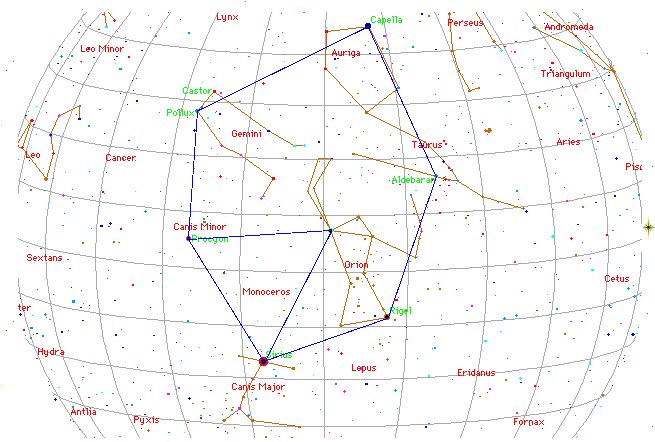
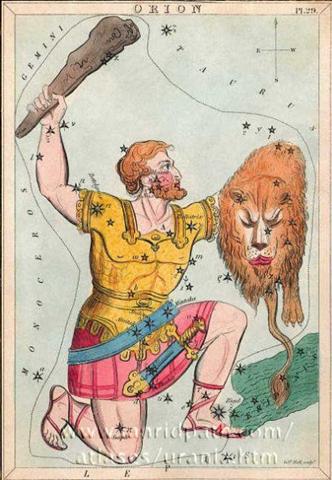

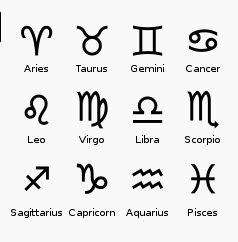
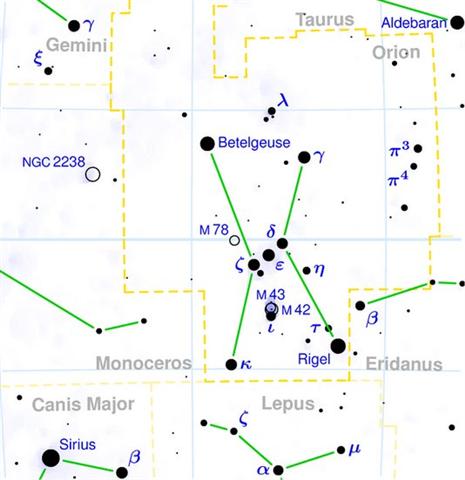

.jpg)
.jpg)






